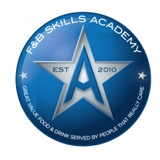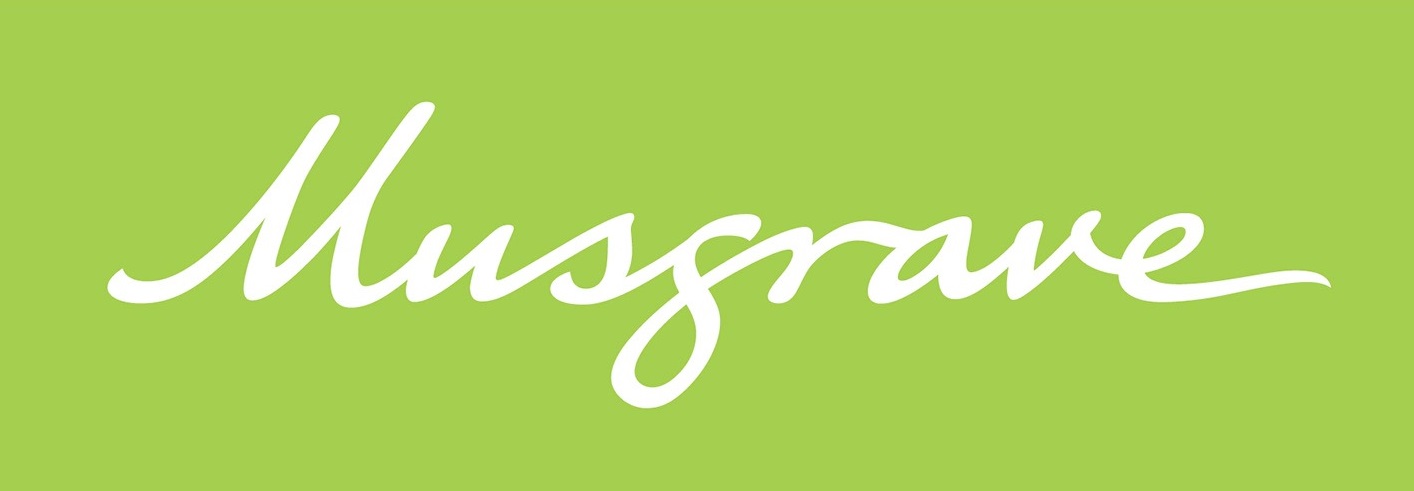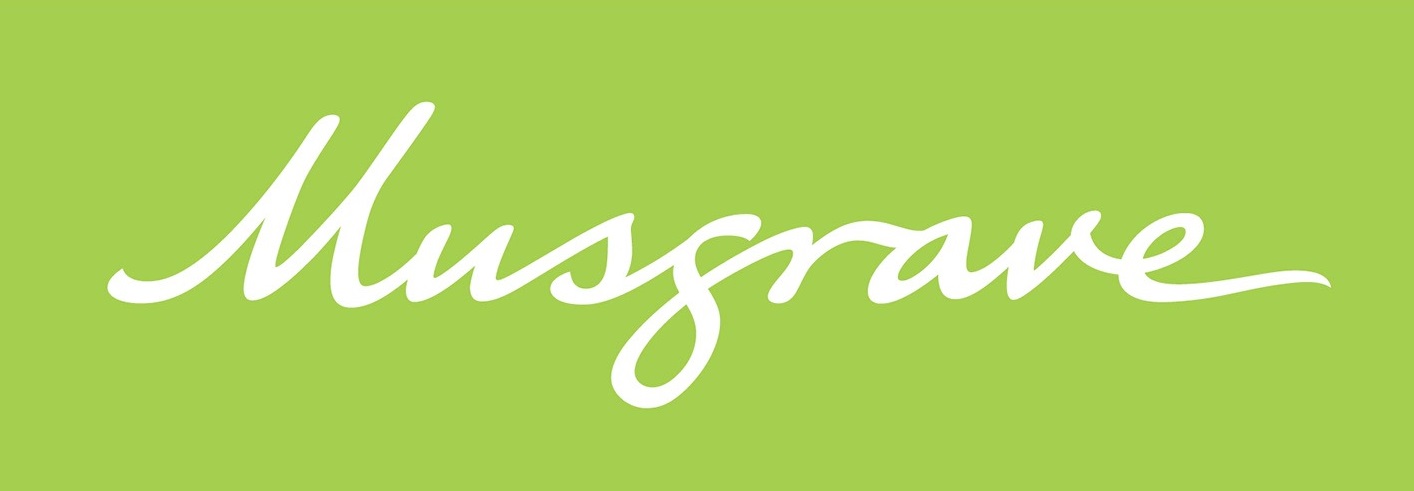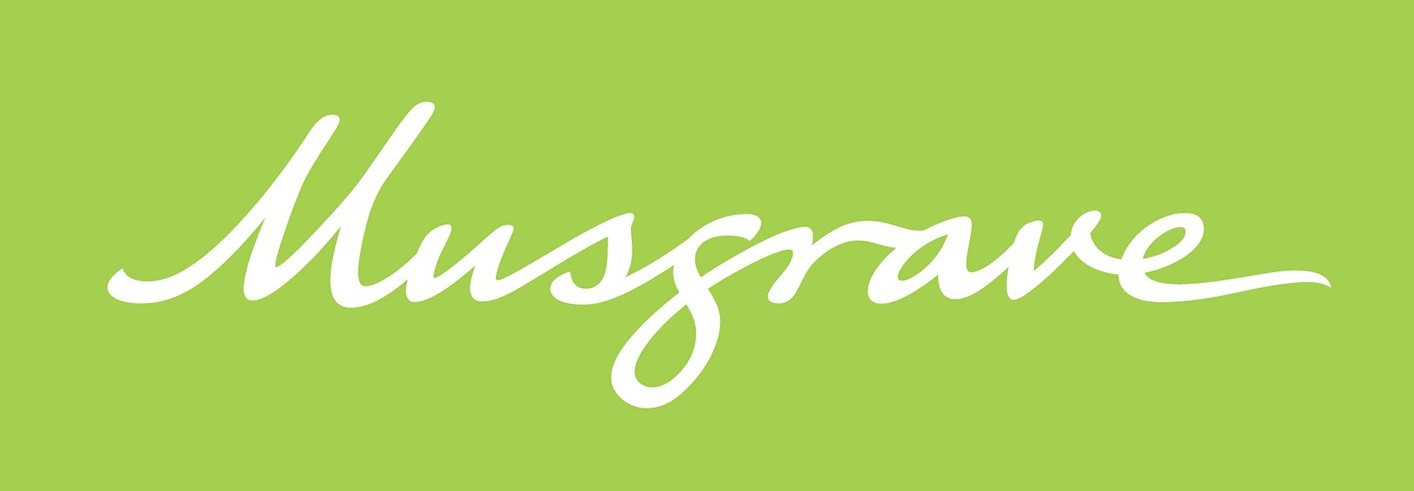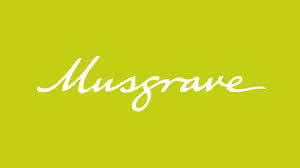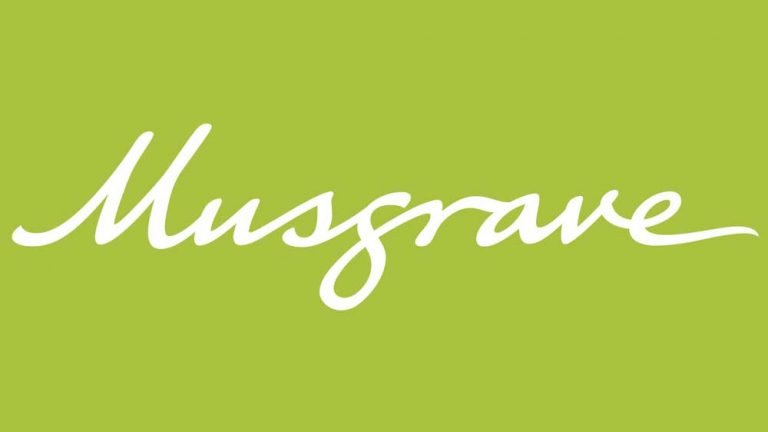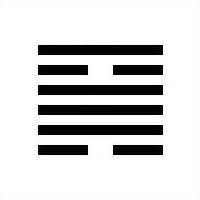Information
-
Document No.
-
Food Safety & Quality
-
Conducted on
-
Regional Operational Chef
-
Restaurant Name
-
Location
-
Regional Operations Manager
-
Manager on Duty
PERSONAL HYGIENE
-
Are suitable hand washing facilities provided? <br><br>
Clean Hand washing facilities must be provided fully equipped with hot and cold running water, soap and hand drying facilities. -
Are standards of personal hygiene adequate? (Good hand washing and personal hygiene practices)<br>
Food handlers must wash their hands before starting work; after using the toilet, smoking, blowing nose, coughing, sneezing, cleaning or touching cleaning implements or chemicals, handling rubbish, handling raw food or after breaks in order to remove the risk of cross contamination. -
Are the food handlers standards of personal hygiene to company requirement?<br>
Food handlers must wear adequate, clean protective clothing and hair covering; finger nails must be clean, no jewellery or watch worn other than a plain wedding ring and sleeper earrings.
Good personal hygiene standards are required to ensure the food handler is not the cause of food contamination.
This applies to all, who handle food including servers who also prepare food.
Good personal hygiene standards are required to ensure the food handler is not the cause of food contamination.
WORKING PRACTICES
-
Any unfit or unsaleable food found on site? (Which has not been clearly labelled and identified)
Any unfit or unsaleable food must be disposed of immediately or clearly labelled in order to demonstrate it has been identified to prevent accidental usage or cross-contamination. -
Is the temperature of chilled food at +8C or colder?
Food which requires refrigeration must be held below 8°C at all times in order to maintain food safety. -
Is raw food stored below cooked or ready to eat food or in such a way as to avoid any risk of cross contamination?
Chillers must be stocked so as to eliminate cross contamination -
Is chilled food within date and chilled/defrosting food correctly labelled?<br>
Stocks must be checked daily as part of close down and all out of date stock disposed of so as to achieve legal compliance. -
Is food defrosted in the chiller and is food thoroughly defrosted before cooking/reheating?
Food must be defrosted in the chiller -
Is all food which has been handled or prepared, stored so as to prevent a risk of contamination?
Foods must be covered and not put at risk of contamination at any stage during storage, preparation, cooking, cooling, display, etc. -
Is ready to eat chilled food at ambient temperature only for the time that is necessary?<br>
The time that ready to eat chilled foods should be held at ambient temperatures during preparation must be kept to a minimum and certainly no more than 2 hours. -
Is all produced washed in either cold running water or chlorinated cold water?<br>
Fresh produce should be washed in either running cold water or chlorinated cold water in order to maintain food quality and safety. This includes lemons, limes & oranges used at bar
-
Is core temperature of 75C or hotter reached when cooking or reheating except where stated otherwise? <br>
Foods must be cooked or reheated to a minimum temperature of 75°C in order to maintain food safety, unless otherwise specified. -
Is food cooled to 8C within 4 hours of the end of cooking and a record made for each batch of the time at end of cooking?
Food must be cooled to below 8 °C within four hours in order to maintain food safety and legal compliance. -
Is all food that should be held hot and has fallen below +63 consumed within 2 hours or discarded?
Food fallen to cooler than 63C must be consumed within 2 hours or discarded. -
High risk foods displayed at room temperature for longer than 4 hours?
High risk foods should be disposed of after 4 hours or at the end of the service session if shorter in order to maintain food safety.
e.g. moulding, slimy, infested etc.
This includes ambient products which were originally stored at ambient - Once opened should be stored chilled
e.g. Sauce Jars, Baked beans etc.
Raw food, including eggs, must be below and away from cooked food - even if covered / packaged.
Raw food must not be stored next to ready to eat foods where there is a risk of cross contamination.
Chilled & defrosting food must be suitable labelled in accordance with company labelling guidelines.
Includes best before, use-by, day dot, label.
Food must not be cooked or reheated unless fully defrosted.
No frozen products should be defrosting in a service fridge ready for use or any food products which is not fully defrosted being cooked or reheated.
Raw foods must be kept separate from cooked and ready to eat foods at all times in order to prevent cross contamination.
The correct colour coding disciplines must be in use and boards/utensils must be effectively sanitised after
Any food which is held for more than two hours at ambient temperatures should be immediately temperature checked then disposed of if above 8°C in order to maintain food safety and quality.
Foods should be placed in the coolest area of the kitchen to allow faster cooling, then moved to the coldest part of the fridge to complete the cooling process.
The time that the cooling process starts must be documented in the KRKB at the time. Ensure cooling foods are fully labelled according to instructions.
It must not be reheated.
If hot food is displayed on a buffet with no temperature control, it must be displayed for maximum 2 hours.
CLEANING OF FOOD AREAS AND EQUIPMENT
-
Unsatisfactory levels of cleaning posing contamination risks <br>
Risk of contamination of food is evident, due to poor standards or evidence of neglect / build up to structure/equipment -
Is cleaning effectively managed?<br>
Cleaning schedule should always be available for inspection
and particularly on food contact surfaces or hand touch points
The cleaning schedule should be followed and good standards of cleaning applied in order to maintain appropriate standards of cleanliness and to discourage entry or harbourage of pests.
KITCHEN EQUIPMENT
-
Are the extraction filters cleaned out and signed off as per the cleaning schedule?<br>
Build up of grease in the kitchen is one of the most common causes of fire and the extraction filters must be cleaned and signed off as per cleaning schedule.
-
Are the baffle filters in place above any cooking equipment that is switched on or in use?<br><br>
Cooking equipment must not be used without baffle filters in place.
-
Are the flu deflectors positioned correctly on the salamander grill
Grease catching fire in the extraction system is one of the most common causes of fire. -
Is there broken or damaged cooking equipment?
All broken or damaged cooking equipment should be replaced or repaired in order to ensure efficient operation of the -
Are the equipment dials / controls in place?
Missing dials/control should be replaced in order to ensure that correct temperatures can be set and quality food can be served.
-
Is the Bain Marie or hot cupboard rusted / defective?
The rusted/defective Bain Marie should be repaired/replaced in order to ensure that suitable hot hold temperatures are maintained and to facilitate cleaning
-
Is hot holding/cooking equipment capable of achieving target temperature?
Hot holding/cooking equipment that is incapable of achieving target temperatures must be taken out of use and should be replaced/repaired in order to maintain food safety.
-
Is the condition of other equipment or work surface damaged / worn / not fit for use?<br>
All worn or damaged equipment should be repaired or replaced in order to allow effective cleaning and to remove the risk of cross contamination
Flu deflectors should be positioned so as to direct any flash of flames away from the extraction system.
kitchen.
A kitchen can not run efficiently if any piece of equipment is not working correctly, it put extra pressure on another piece of equipment.
FRIDGES AND FREEZERS
-
Are door seals to fridge/freezer in good condition?
All defective door seals should be replaced in order to aid maintenance of temperature control
-
Does each fridge and freezer hold target temperature or colder?
All defective fridges/freezers must be taken out of use and should be repaired or replaced in order to ensure that adequate temperature control can be maintained
-
Is fridge/freezer shelving or racking in good condition?<br>
All rusting, flaking or damaged shelving or racking should be replaced in order to allow effective cleaning and to remove the risk of food contamination
-
Is there damage to lids/fabric of fridges/freezers?
All damaged fridges/freezers should be either replaced or repaired in order to remove the risk of food contamination, to allow effective cleaning and to ensure suitable temperature control is maintained
-
Is provision of chilled and frozen storage capacity adequate?
Sufficient chilled and frozen storage space must be provided to ensure that perishable food may be kept safely
KITCHEN RECORD KEEPING BOOK
-
Are delivery temps and storage temps all recorded at the appropriate frequency?
You are required to record all of the following as routine; -
Is the core temperature of each cook and reheat method recorded minimum of once weekly?
Core temperature of cooked/reheated foods must be recorded for each cooking/reheating method on at least a weekly basis in order to verify cooking/reheating methods and equipment routinely achieve minimum 75o -
Do cooling records demonstrate that food is cooled to 8C in 4 hours?
If batch cooking any products probe and record every batch that you cook and cool including mushrooms. -
Is the temperature of one hot held food recorded min once per session and hot buffet records completed each session? <br>
Probe and record one product per day from each hot holding unit. -
Is the temperature of one food item from each cold-display or cold service unit recorded min once per session?
Probe & record the temperature of one product per day from each cold holding unit. -
Is the time of service period recorded to demonstrate the 4 hour rule applied for each type of perishable food on ambient display.
The time of service for perishable foods must be recorded in order to demonstrate that the 4 hour rule is being applied. -
Is a working probe thermometer available and results of probe accuracy checks recorded minimum weekly and completed?<br>
All probes must be checked to confirm accuracy at least once per week. -
Are readings recorded outside critical limits then actioned as per hazard analysis chart?
When a reading is outside critical limits, then action taken must be recorded in order to demonstrate active management of the incident. -
Is the management weekly checklist completed properly?
The management weekly checklist should be completed correctly in order to verify that all CCPs are properly managed. -
Is the shift leader in the kitchen competent and knowledgeable in food hygiene? <br>
Each person in a supervisor management role in the kitchen must have a full understanding of food safety matters and how they are managed in the business.
The temperature of each temperature controlled delivery.
The temperature of the ice cream machine
The temperature of all fridge & freezer units twice a day.
Record product temperatures minimum one weekly
Records must show a range of equipment used
e.g. grill, oven, fryer, stove top boiling, pasta cooker, merry chef, microwave
All cooked food must achieve 75C and then cool below 8C within 4 hours.
Must be recorded every 2 hours.
If below 63C food must be used within 2 hours or discarded.
All hot products must be displayed for no more than two hours. After two hours they must be removed and discarded.
Include - Soup Kettles, Bain Marie's and Hot Cupboards if used.
Cold holding units include chill wells and saladette's.
Food must be colder than 8C or food must be discarded.
After 4 hours they must be removed and discarded.
Buffets, functions and in-chilled saladette.
Any probe that stops working must be repaired or replaced immediately.
You must record all probes in use within the kitchen.
It is good practice to ensure there is always a spare probe available.
This info must demonstrate how food safety is maintained
e.g. probed food temp at 6C and moved to fridge number 3.
RECYCLING
-
Does the site have Red food bin located in the Pot wash or Food prep area of the Kitchen.
-
Does the site have an Orange Recycling Bin located in the Kitchen but away from Red food bins.
-
Does the site have a Grey Bin in the Kitchen area.<br>
-
Is the site using the Recycling bins in the correct Manner
